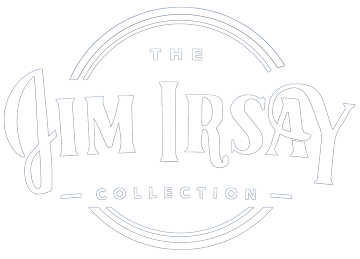The Atlantic Charter, signed by Franklin D. Roosevelt and Winston Churchill
Broadside: 20 3/4 x 13 1/4 in. (52.7 x 33.7 cm)
This is the only known copy of The Atlantic Charter signed by both Franklin D. Roosevelt and Winston Churchill.
In August 1941, Franklin D. Roosevelt secretly left Washington, D.C. for a rendezvous with British Prime Minister Winston Churchill in Placentia Bay, Newfoundland aboard the U.S.S. Augusta. It was the first time the two men met in person, even though they had long been in correspondence. The United States was officially neutral and not involved in the fighting, but Roosevelt had been supplying Britain with war materials, first on a cash and carry basis, and then through the Lend-Lease Act, for nearly ten months. Their meeting reaffirmed the American commitment to Britain, decided on goals for the war and postwar world, pledged to eliminate the Nazi threat, and echoed many of the lofty ideals of Roosevelt's "Four Freedoms" speech, delivered on 6 January 1941. Informally, the two men agreed to watch for an appropriate international incident to justify American entry into the war. Since the policy was issued as a statement, there was no formal, legal document called "Atlantic Charter" ever signed by both leaders.
George M. Elsey (1918-2015), officer of the U.S. Naval Reserve, was assigned to the White House Map Room (intelligence and communications center) in April 1942 through April 1947. During the war, FDR and Churchill visited the Map Room frequently. Elsey was given this ceremonial copy of The Atlantic Charter and showed it to Churchill during one of his visits. Churchill stunned the young officer by offering to sign his copy and went on to suggest he have FDR sign it as well. Elsey secured the second signature from President Roosevelt and the copy remained in his family until it was sold by a relative. George Elsey later served as an advisor and speechwriter to President Harry Truman. Following his government service, Elsey served as President of the American Red Cross from 1970-1980. References to this document are published in numerous articles, including The Chicago Tribune, Portland Business Journal and George Elsey's memoir An Unplanned Life. A monumentally important signed document representing the alliance forged by the top leaders of the free world and their mutual aim to defeat Nazi Germany and policies which would follow in a postwar world.























